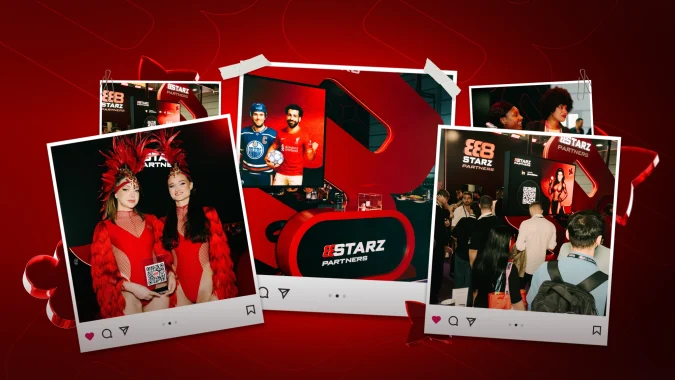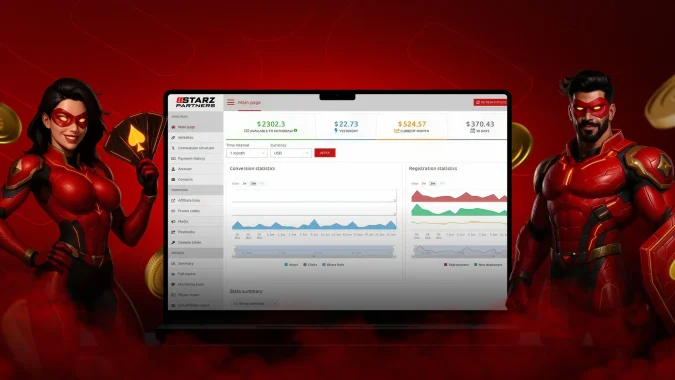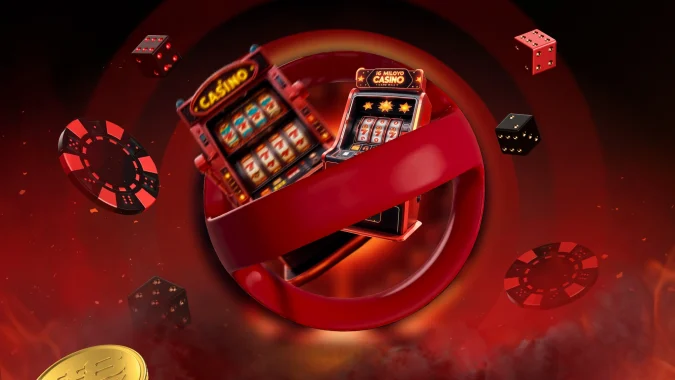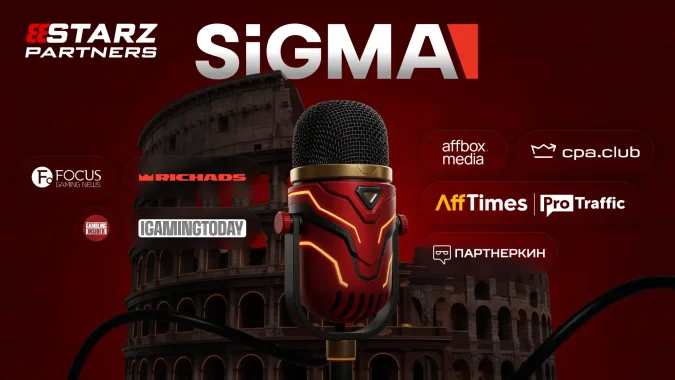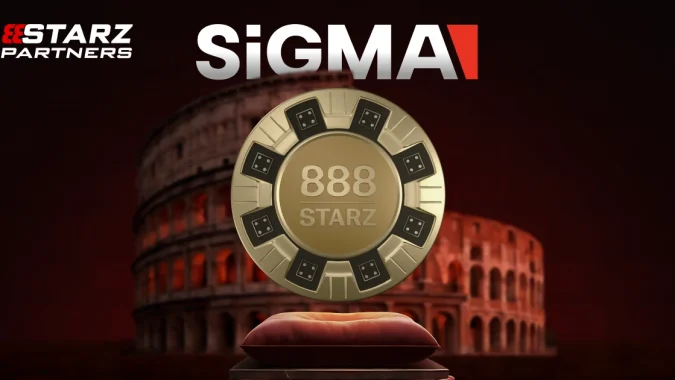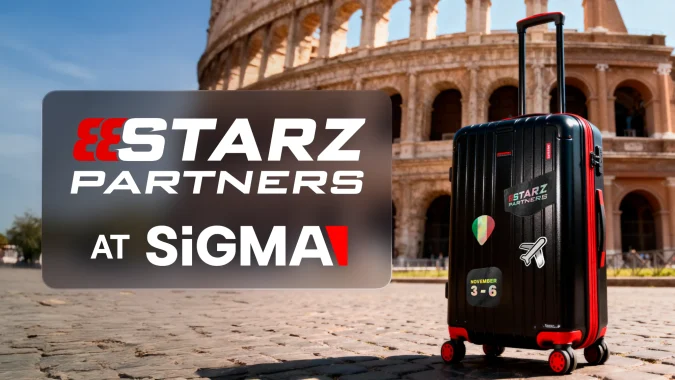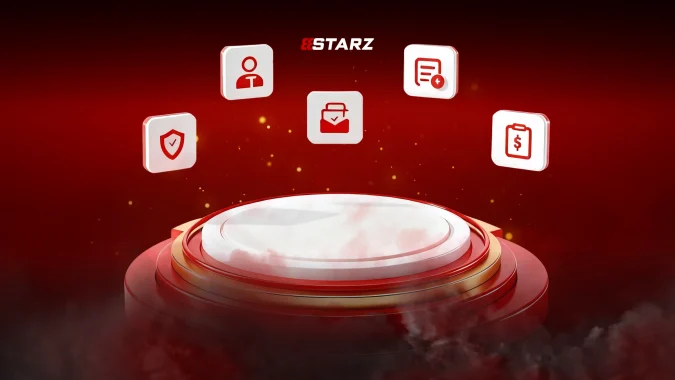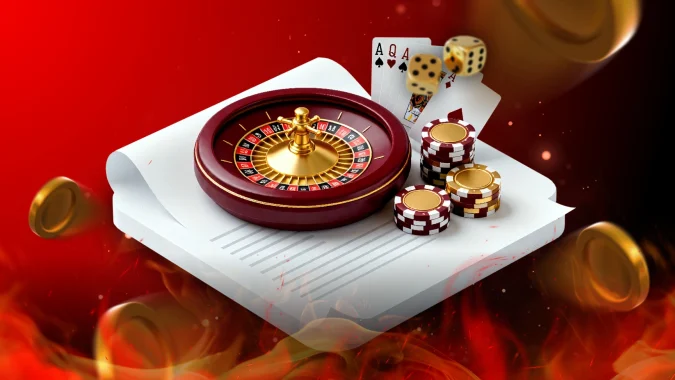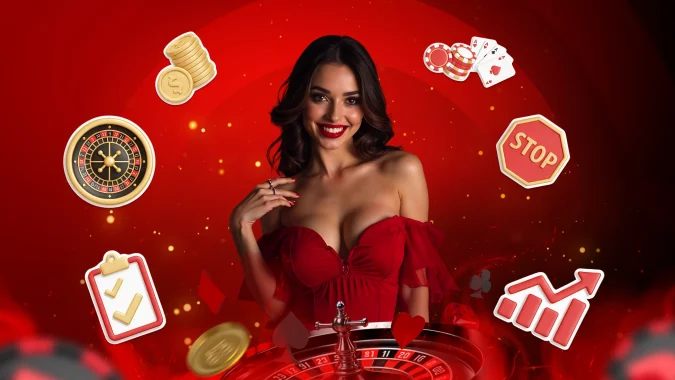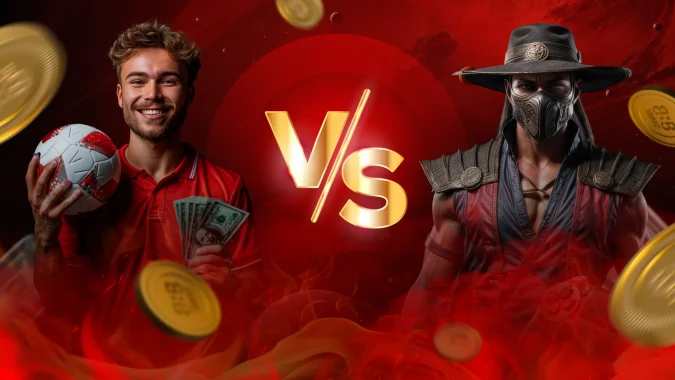Learn the Basics: What is Pop Traffic and How to Monetize It
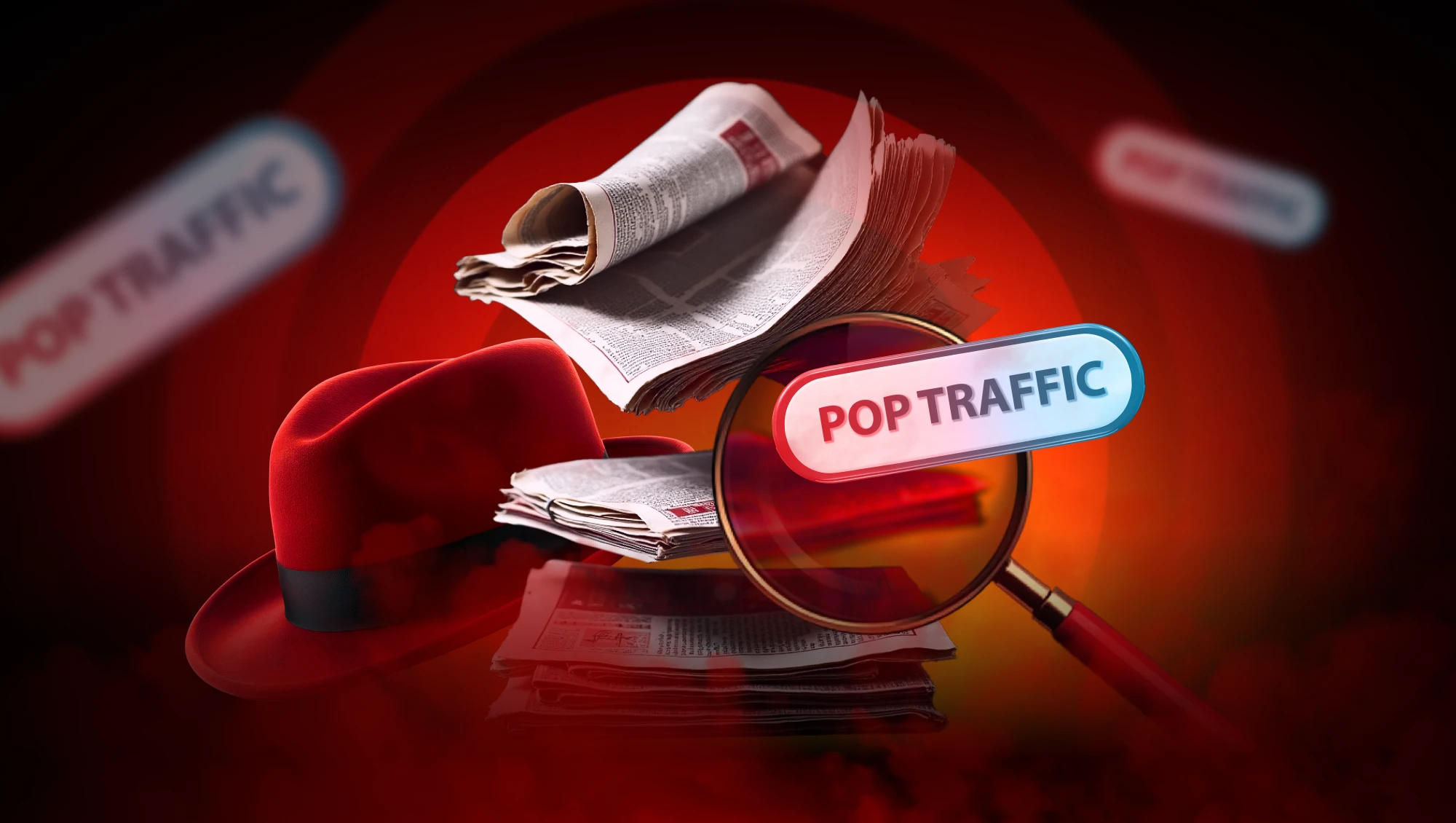
- What is pop traffic
- Pop-under (also known as Click-under)
- Pop-up
- How pop traffic is generated
- Why you should try it: Full list of pop traffic pros and cons
- Pros of Pop-ups
- Cons of Pop-ups
- How to buy pop traffic: List of best ad networks
- Richads
- Adsterra
- PropellerAds
- Clickadu
- ClickAdilla
- Where to start with pop traffic: The step-by-step basics
- 1. Offer & funnel structure
- 2. Designing a high-converting page
- 3. Campaign setup
- 4. Further optimization
- Conclusion
Let’s talk about pop traffic. You’ve seen the debates: “Is it dead?” — “No, it’s untapped!”. Meanwhile, terms like pop-up, pop-under, and clickunder get thrown around like they’re the same thing (spoiler: they’re not).
But here’s the real question: Does this ad format still convert in affiliate marketing? And can it survive the privacy-first, ad-blocker-heavy world of 2025? This guide by 888STARZ Partners experts is here to help you cut through the noise. We’ll break down what pop traffic really is, how it’s generated, and how affiliates actually make money with it. No fluff. Just straight answers for those who want results.
What is pop traffic

Pop traffic is a paid ad format where landing pages are opened through automatically triggered browser windows — typically without direct user interaction. It’s a popular entry point for affiliates due to its low cost, simplicity, and wide reach.
There are two main types of pop traffic:
Pop-under (also known as Click-under)
A popunder ad opens underneath the active browser tab. The user only sees it after minimizing, closing, or switching tabs. This format is considered less intrusive and tends to generate better post-click behavior, as it doesn’t immediately interrupt the browsing experience.
Pop-up
A pop-up appears on top of the content the user is currently viewing. It demands immediate attention and is harder to ignore, which makes it more aggressive. While pop-ups can be disruptive, they are effective when you want to capture attention instantly — for example, in time-sensitive promos or bold creatives.
Both formats are generally bought on a CPM (sometimes CPC or CPA) basis — meaning you’re paying for the number of times your ad is shown, not for clicks or conversions. This makes pop traffic high-volume, but it also requires precise targeting and strong lendings to convert.
Research from several ad networks shows that popunders can boost engagement rates by 15–25% compared to traditional banner ads. According to OptiMonk’s 2024 data, pop-ups achieve an average conversion rate of 3.09%, with some niches seeing rates as high as 9.28%. DiviFlash reports that pop-up ad click-through rates (CTR) average around 4.8% in 2024, significantly outperforming many other ad formats. These numbers prove that well-optimized pop campaigns still deliver results — even in an ad-saturated market.
Pop traffic is used for scale. It brings massive volume at a low cost, which makes it attractive when you need a broad reach and fast conversions. That’s why it’s often used in verticals where quantity matters more than precision — like gambling, betting, sweepstakes, dating, finance, or utilities.
How pop traffic is generated

Pop traffic is all about scale and impact — it’s not warm or high-intent traffic. But when executed correctly, it can deliver serious results. Many users instinctively try to close them. But here’s the truth: in arbitrage marketing, you don’t need everyone to convert — you just need the right users to notice and take action. That’s where pop shines.
Here’s how popup traffic works:
- A user visits a website he wants and interacts — scrolls, clicks, or tries to close something.
- That interaction triggers a script embedded on the site.
- A pop-up appears over the content — yes, it’s disruptive, but it forces attention.
- Or, a popunder ad quietly opens behind the main tab — unnoticed until later, when the user switches or closes windows.
- The pop-up advertising grabs attention instantly — great for time-sensitive or high-emotion offers.
- The pop-under works in the background — and can convert users who return to the tab with fresh eyes, often in a more relaxed mindset.
Some more key takeaways:
- Most pop traffic is mobile — users are tapping, swiping, and easier to interrupt.
- It’s non-intent traffic — you need a prelander to warm them up, not a direct offer.
- GEO matters — pop performs especially well in Tier 2 and Tier 3 countries, where user resistance is lower and direct-response advertising hits harder.
Pop ads don’t appear out of nowhere. Publishers deliberately integrate ad scripts on their platforms — often on:
- Free movie and streaming sites;
- File-sharing and video hosting platforms;
- Mobile utility apps or games;
- Entertainment-heavy websites with high click volume.
These environments are ideal because users are highly engaged — constantly clicking, tapping, or navigating. That behavior makes them easy to target and easy to trigger.
Why you should try it: Full list of pop traffic pros and cons
Pop traffic taps into a broad base of internet users looking for excitement and quick rewards. With the right creative angle, like welcome bonuses or matched deposits, it’s possible to grab attention fast and drive immediate engagement.
Sports and eSports betting offers perform exceptionally well with pop-under and pop-up formats. When combined with a sharp landing page and well-segmented targeting (by device, region, or sport), this traffic source can deliver strong conversion rates and solid ROI.
Here’s the beauty of pop traffic: it’s simple, fast, and scalable. You pay for volume — and if you’ve aligned the traffic with a high-converting lending or offer, it can become a reliable source of profit. At the same time, it’s far from perfect: junk traffic, and bans are all on the table.
Do we recommend pop-traffic? Yes and no: it is really a junk source which sometimes may work well for your needs.
Pros of Pop-ups
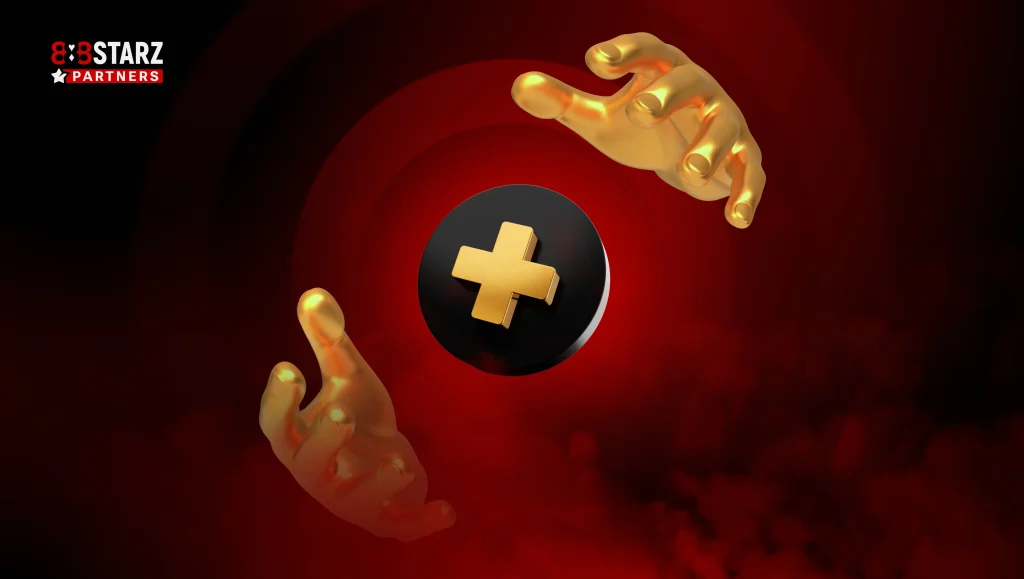
1. Easy to set up
You don’t need creatives, headlines, or banners — just a solid landing page and a prelander (optionally). That makes pop an ideal traffic source for fast testing, scaling, or onboarding new GEOs.
2. Low cost
In 95% cases pop ads are sold on CPM, so the pricing per thousand impressions is one of the lowest across all advertising formats. With a firm offer, you can get clicks at a fraction of the cost for push, native, or Meta ads.
3. Works on all devices
Unlike push (which doesn’t always work on iOS devices), pop traffic is fine everywhere: mobile, desktop, Android, and iOS. It makes it easier to reach Apple users.
5. No need for creatives
Since pop doesn’t rely on visuals or copy, there’s no risk of creative fatigue. One landing page can run across dozens of GEOs without constant tweaking.
6. Fast performance feedback
Get real-time traffic and data. Pop helps you see immediately how your funnel performs and makes quick A/B testing much easier.
7. Boosts retargeting potential
Popup traffic for arbitrage fills the top of your funnel with fresh visitors. It’s ideal for warming them up through retargeting later via push, email, or social media.
8. Friendly to gambling-related offers
Unlike Google or Meta, pop traffic is relatively tolerant to aggressive offers.
9. High ROI potential and easy scaling
Low CPM + high reach = scalable ROI. If your funnel converts, scaling is simple: raise your bid cap or expand to new GEOs.
Like pop music, pop traffic has broad appeal. Affiliates who understand how to work with it, and not against it, can uncover a reliable, scalable source that still works in 2025 and beyond. For those who are ready to filtrate junk traffic on their side.
Cons of Pop-ups
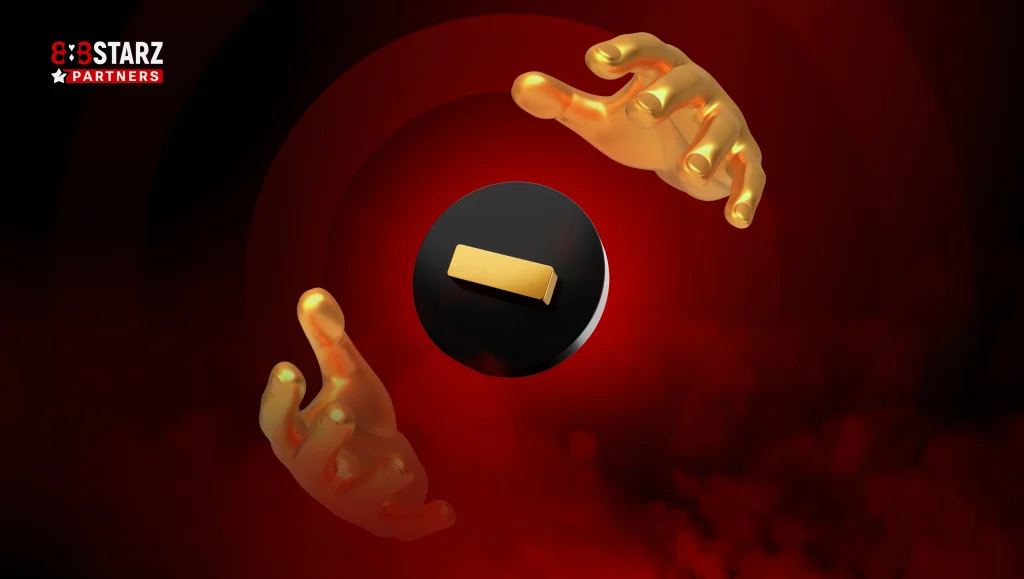
You don’t always know who’s seeing your landing page, how clean the traffic is, or how many bots you’re paying for. The CPM model gives predictability in volume, but not in quality. You know you’re getting 100,000 impressions, but will they bring conversions? That depends entirely on your funnel and filtering. And it’s only one of the downfalls, so let’s get down to the complete list next.
1. Broad targeting limitations
You can target by country, OS, browser, and device — and that’s about it. No interests, age, or behavior-based targeting. This makes traffic filtering absolutely essential to avoid poor-quality leads.
2. Sketchy traffic quality
Pop is infamous for fake clicks, bots, and low-quality traffic — especially from shady sources. If you’re not using clean traffic networks or anti-fraud tools, expect bad CRs and poor ROI.
3. Risk of affiliate bans
Many networks flag pop traffic as “high-risk”. Even if conversions are legit, some offers may reject them based on traffic type. Always read the fine print — or ask your AM directly.
4. High bounce rates
Since pop is intrusive by nature, most users close the tab within seconds. If your offer doesn’t hook instantly, it’s game over.
How to buy pop traffic: List of best ad networks
Pop traffic is available across many affiliate-friendly advertising networks — but not all of them are created equal. If you’re focused on popunder traffic, it’s better to choose platforms that specialize in these formats. Many mainstream networks support them, but the significant results come from traffic sources built specifically for pop.
First of all, pop traffic is typically sold on one of three models:
- CPM (Cost Per Mille). You pay for every 1,000 impressions. This is the most common model in pop-up advertising, where you’re essentially buying raw traffic volume.
- CPC (Cost Per Click). You pay for each actual landing page visit. This is less common for pop traffic but sometimes available with higher-quality or filtered placements.
- CPA (Cost Per Action). You only pay when a conversion happens — such as a signup or sale. Some networks offer this via Smartlinks or in hybrid formats.
While CPM is the widespread model, some networks also allow CPC or CPA, depending on the campaign setup and volume. Always check what’s supported for your GEO and offer type.
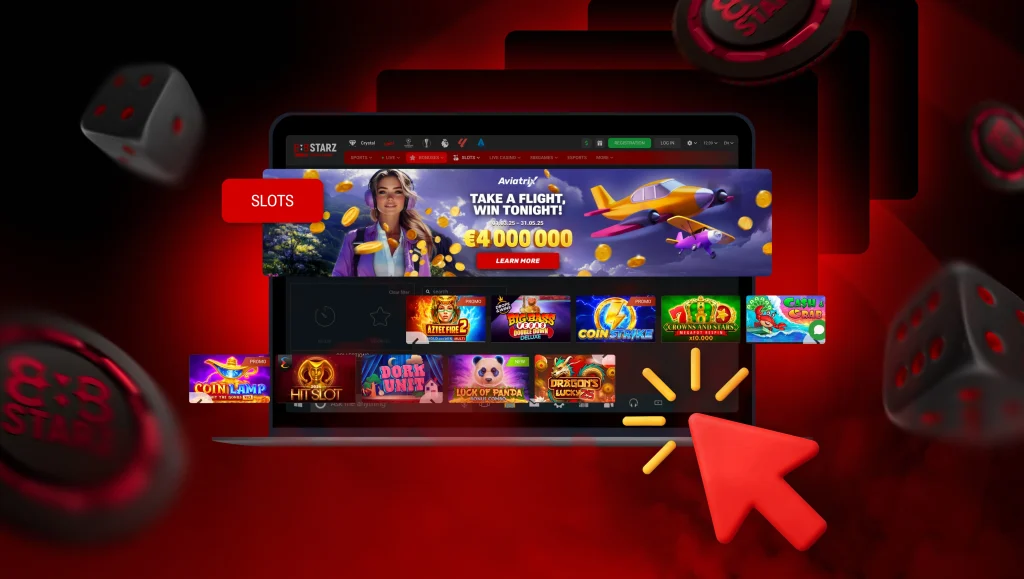
Key factors to check before choosing best pop traffic network:
Traffic quality control
Does the platform offer automatic optimization to help you filter out junk traffic and bot clicks without manual blacklisting? This is crucial when you’re dealing with massive impression volumes.
Note: This is different from traffic filtering on your own funnels — we’re talking about built-in network tools that protect your budget from low-quality sources.
GEO coverage and volume
Does the network have enough traffic for your target countries? Especially if you’re working with Tier-1 GEOs or competitive niches like betting, volume can vary dramatically between platforms.
Supported payment models
Can you run CPM, CPC, or CPA? Some networks limit newer accounts to CPM only until performance is proven — check if there are restrictions that might affect your ad campaign setup.
We’ll pause here. Up next — top 5 trusted ad networks where you can buy pop traffic:
Richads
It’s a vast platform serving billions of impressions daily across 220+ countries. You can run pop traffic and push and native ads there. They have their own traffic analysis system plus Adscore to help fight fraud. Affiliates choose RichAds for generating traffic to gambling, betting, software, nutra, finance, and dating. Pop traffic CPM prices here start from $0.5. Plus, RichAds gives handy tools — for example, when targeting multilingual GEOs, they suggest the top languages so you can create better-converting lending.
Adsterra
After that we have one of a biggest networks which generates 100+ million clicks per year. It focuses on user safety, assigns personal managers, and updates real-time stats. Adsterra platform supports many payment models: CPM, CPA, CPC, CPL, CPO, and CPI (PPI). The minimum CPM is about $1.8 per 1,000 impressions. It’s an excellent choice for beginners because it’s easy to start.
PropellerAds
It’s one of the biggest international CPA networks. They cover up to a billion users. Almost any offer is allowed, including betting and gambling. CPM for clickunders starts from $0.05. Also PropellerAds got integrations with various trackers, detailed stats, easy campaign sorting, retargeting tools, and in-depth GEO analytics.
Clickadu
Clickadu is younger but solid. They serve 150+ million daily impressions, with 85% coming from direct publishers. All sites are manually moderated. Pricing ranges from $0.2 to $5 per 1,000 impressions. Many real reviews of pop advertising say that targeting is pretty flexible: device types, browsers, GEOs, and more.
ClickAdilla
ClickAdilla works with both push and pop traffic. This advertising network covers 240+ countries with over 10 million daily impressions. CPM starts as low as $0.01. This newbie-friendly network has helpful support that’ll walk you through everything from signup to campaign launch.
Other good network sources of pop traffic include Zeropark, PushHouse, Adcash, Admaven, Exoclick, Popads, and Popcash. So nowadays that’s not a problem where to get pop traffic. The key is to choose ones with quality traffic, precise targeting, and strong anti-fraud measures. Anyway, picking the right network and setting up your campaigns properly makes steady profits possible, so choose wisely.
Where to start with pop traffic: The step-by-step basics

Pop advertising effectiveness is all about your approach. If you’re aiming at the iGaming niche, here’s a step-by-step guide to getting started the right way.
1. Offer & funnel structure
The foundation of any pop campaign is a high-converting offer and a simple, fast-loading funnel. Depending on the approach, your funnel may begin with:
- A prelanding page (prelander) — used to warm up traffic, qualify users, and set the context before showing the main offer. In this case, your pop-up windows will display a prelending to the audience, which will then direct them to the main landing page to complete the target action—such as registering, placing a bet, or making a deposit.
- Or a direct landing page — used when pushing traffic straight to the advertiser’s offer.
Both methods are common. If the offer allows direct linking and has strong conversion mechanics, a landing page alone might work. But in gambling and betting, prelanders are often more effective for filtering traffic and preparing the user for conversion.
2. Designing a high-converting page
If you’re using pop traffic in combination with a prelending or landing page, here’s what makes it work:
- Clarity and brevity. Keep text minimal: the user must instantly understand what’s being offered.
- Bold visuals. Use large fonts and vibrant graphics to make the offer stand out.
- Strong CTAs. Phrases like “Register Now”, “Play Now”, or “Get Bonus” should be clearly visible and prompt immediate action.
- Mobile-first layout: Pop traffic is predominantly mobile, so make sure your funnel loads fast and looks clean on all devices.
- Gamification elements. In iGaming, interactive features like spinning wheels or scratch cards can significantly boost engagement and ROI.
3. Campaign setup
Once your funnel is ready, it’s time to launch your campaign through a pop-under or clickunder ad network.
Pro tip: Test the same offer across multiple networks. A weak result in one doesn’t mean the offer is bad — performance can vary significantly depending on the source quality.
Set your targeting parameters carefully:
- Choose the right GEOs, devices, OS, and browsers.
- Use frequency caps to control how often users see your ad.
- Limit impressions or clicks per user or per day to avoid fatigue.
4. Further optimization
While even the top ad networks rarely offer highly detailed campaign settings for pop formats, that doesn’t mean you can’t optimize effectively. Here’s how to sharpen your performance:
- Optimize your landing page first. Use A/B testing to improve user engagement and maximize profit from every visitor continuously;
- Refine your source lists. Monitor performance closely — blacklist low-quality or non-converting sites promptly and whitelist high-converting sources to focus your budget where it counts;
- Use anti-bot and fraud filters: Most pop networks include some protection, but it’s smart to implement third-party tools to block fake impressions or bot clicks on your lending.
Conclusion
Pop traffic comes in all shapes and sizes. You’ve got pop-ups, pop-unders or click-unders — and while they’re often seen as low-tier, they can actually deliver solid results if used right. The difference is in the setup — of course it doesn’t matter, if you already know how to choose a pop advertising network.
But if not, to launch a solid pop-campaign by yourself you’ll need more than just an offer and a budget. You need a fast, convincing funnel. A solid prelander to warm up the user. Clean traffic — filtered and tracked from the first click. And most importantly, you need to keep your hand on the pulse: cut dead weight early, watch your sources closely, and optimize nonstop. That’s how you make popup traffic for arbitrage work — not with brute force, but with precision and speed.
At 888STARZ Partners we focus on what brings scale and quality: influencer deals, streaming partners, and Facebook media buying. Pop traffic isn’t our main priority right now — but if you’ve got a working setup and can show results in iGaming, we’re open to a conversation. Reach out to your personal manager and let’s talk.




